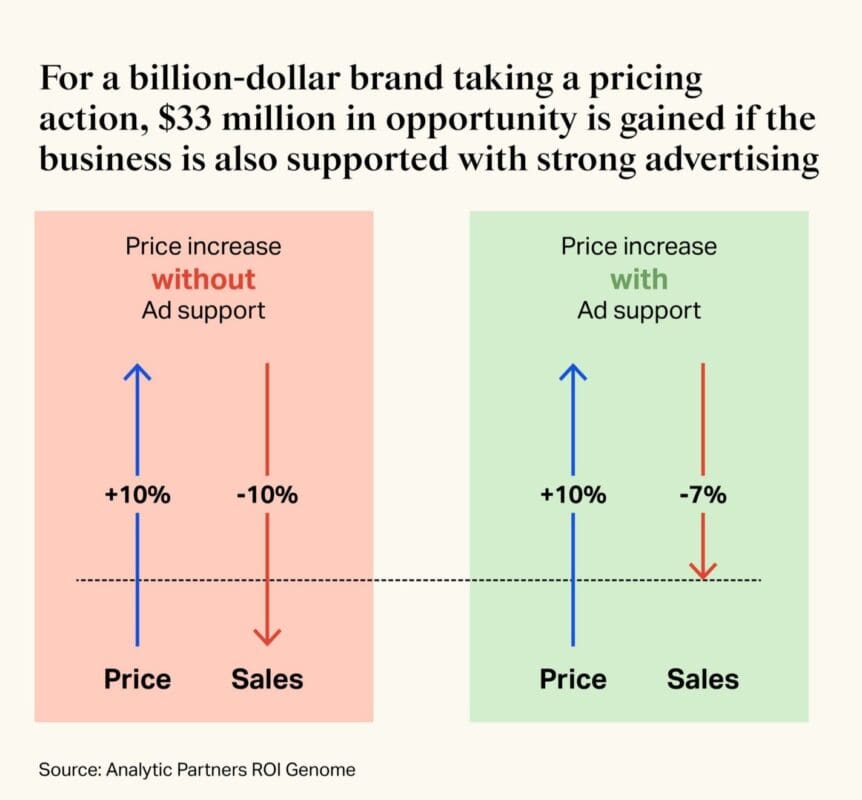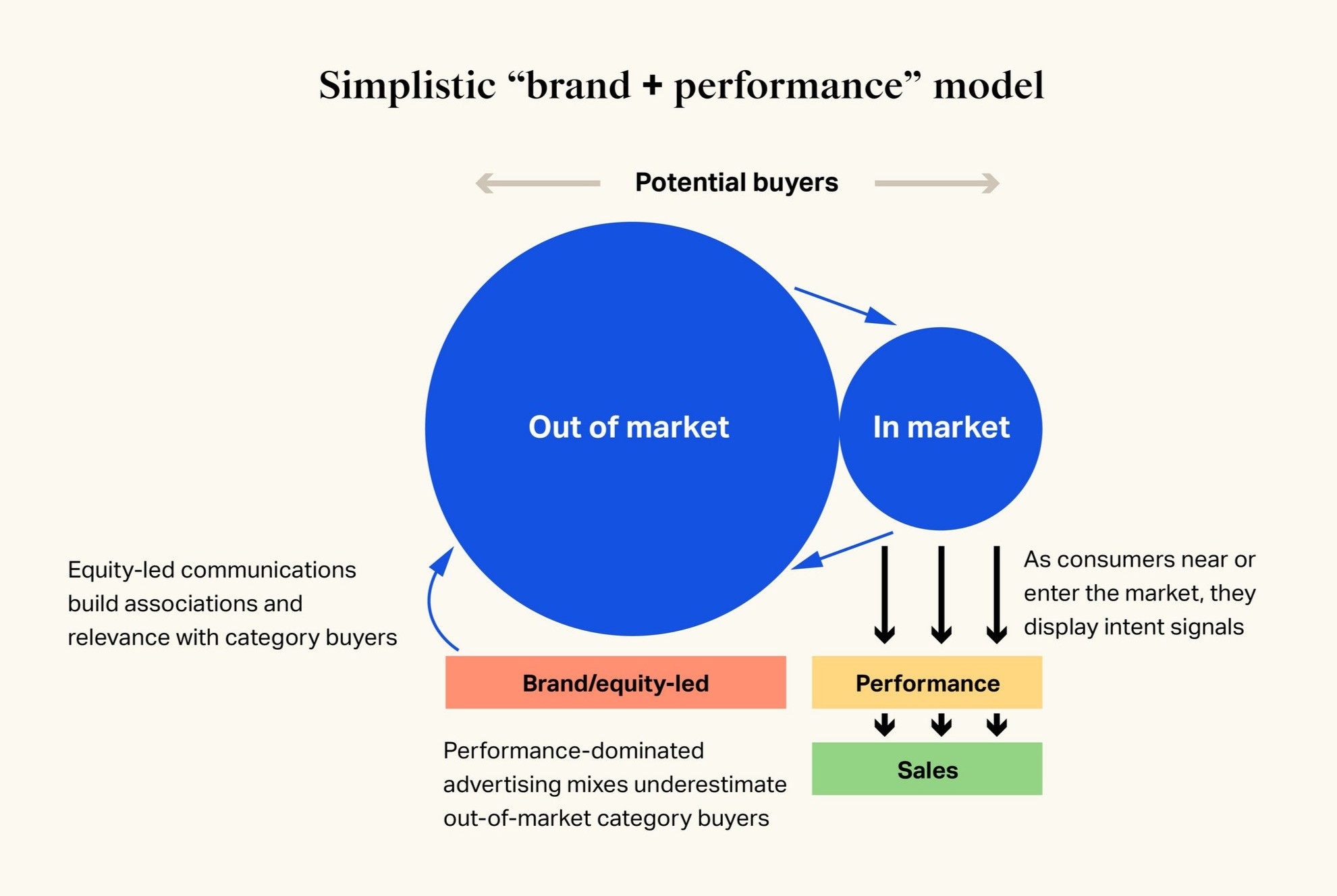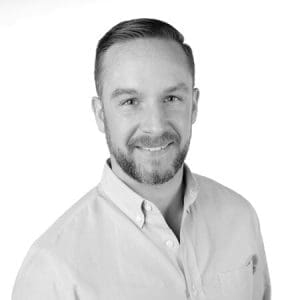BLOG
Integrating Brand and Demand Marketing for Maximum Impact in Healthcare
Chief Marketing Officers who engage strategically, advocate for patients and demonstrate marketing’s value can help unleash growth even in uncertain times.
It seems that every CMO, in every sector, faces increasing pressure to demonstrate value for every dollar in their budgets. It’s the classic brand-demand tension, where CFOs and other senior business leaders seem to prefer the clear and tangible metrics (e.g., lead generation, conversion) associated with demand or performance marketing over the softer measures of brand value (e.g., awareness, propensity to buy).
Senior marketers know this tension. Prophet recently conducted interviews with senior marketing leaders from health systems and hospitals and their input was clear: effectively integrating brand-building with demand generation campaigns has never been more challenging. Partly that’s a function of cost pressures and resource constraints. Partly it’s due to the unique dynamics of healthcare marketing (where consumers don’t necessarily want to buy your products).
But healthcare organizations that get brand and demand working in sync see clear and compelling benefits: stronger brands, more satisfying patient experiences, higher customer lifetime value and – most importantly – better health outcomes.
Prophet’s extensive research, Brand and Demand: Marketing’s Greatest Love Story, shows how top-performing marketing organizations are 3X more likely to fully integrate brand and demand. And the research, The Multiplier Effect, we conducted in partnership with WARC, Analytic Partners and BERA.ai and System1 shows how a balanced approach can lift overall revenue returns by 25% or more.
So how do marketing leaders successfully integrate brand and demand to optimize results? From our research and market engagement, we see three proven practices.
1. Engaging senior leaders to align marketing strategies to business priorities and outcomes.
Too often, marketing in healthcare is seen as a service function, activated only in response to external pressures or internal requests. But the most effective CMOs reposition marketing as a strategic lever for growth, leveraging brand and demand investments to drive measurable business results.
Strategic engagement with boards, the C-suite, clinical leaders and other stakeholders is essential to shift the perception of marketing as a PR or communications function. When marketing is tied to system objectives—whether that’s growing a service line, expanding reach in a rural market or strengthening reputation with policymakers—it becomes easier to make disciplined choices and avoid reactive spending.
Take the “billboard dilemma,” for instance. Many CMOs face pressure from internal stakeholders who ask, “Why don’t we have a billboard like our competitors?” But this isn’t really a question about outdoor advertising. It’s a proxy for a larger issue: Are we doing enough to be visible and competitive in the market? When CMOs have already built alignment around business goals and shared metrics, these conversations become strategic rather than reactive. It’s no longer about appeasing concerns, it’s about showing how brand investment fits into an integrated marketing mix designed to drive outcomes.
“The best decisions are made collaboratively, with everyone looking at the same data,” said Jason Vandiver, a senior marketing and communications officer. “Because we all understand and agree on the most important activities, there’s no competition for resources.” This alignment allows marketing leaders to advocate for the right choice at the right time—explaining when and how brand investments will pay dividends in the long term and when performance marketing should take the lead to deliver short-term results. And when trade-offs are unavoidable, CMOs who are aligned on strategy are best positioned to guide the successful integration of brand and demand.
20%: minimum proportion of the marketing budget that should be allocated to brand-building
40-60%: the “best practice” range for branding spend of marketing budget
2. Embracing patient centricity and advocacy as a North Star for disparate investments and activities.
CMOs should ensure all marketing activities and investments link directly to the organization’s mission: helping people lead healthy lives. CMOs can be advocates for patient needs, which can—and should—be a unifying force for the entire organization and essential to the brand vision. “We try very hard to focus on the consumer, rather than going to market with a product orientation,” said David Hook, executive director, marketing & consumer experience, John Muir Health. “Yes, we need to sell services, but in our marketing, we invite customers to come to us for their overall health, not for a specific surgery or procedure.”
Delivering on patient centricity requires deeper customer insights, another area where healthcare CMOs can make meaningful contributions. For instance, core insights can be used to articulate a clear brand promise that guides all marketing activities and focuses on patient needs, according to Hook: “When it’s clear to the organization what patients care about, it becomes less about the advertising and more about how we deliver better healthcare.”
In this sense, demand campaigns don’t just produce revenue; they also help people access the care they need. Marketing delivers on their mission when consumer targeting drives people to preventive screenings and procedures.
What leading marketers do:
- 87%: use customer insights for brand positioning and value propositions vs. 66% of all marketers
- 86%: apply customer insights to all parts of the marketing discipline, vs. 63%
- 82%: tie customer data and insights to measurable business outcomes, vs. 59%
Several CMOs highlighted the value of detailed patient journeys across service lines, which can help support consistent branding and promote “right-time/right-channel” messaging. Mapping these journeys also ensures marketing efforts align with patient needs at each stage of care, which increases relevance, enhances experience and strengthens trust. “We have defined some amazing patient journeys that guide our engagement and retention teams,” said Kim Reed, senior marketing manager at a large pediatric health system.
3. Demonstrating both short- and long-term results via data-driven modeling and analytical rigor
As with their peers in other sectors, healthcare CMOs must balance short- and long-term objectives and be data-driven and analytics-led in sharing results. The pressure to carefully measure value will only intensify given the challenging financial situations of most organizations today.
What leading marketers do:
84%: confidently measure and management long- and short-term performance simultaneously, vs. 57% of all marketers
“The need to show hard dollar-impacts lead us to do more performance marketing,” said Hook of Muir Health. He also highlighted the importance of showing leadership what different types of media can deliver. “We bring estimated numbers to the leadership group and say, ‘if we do this, our awareness and preference will go up this much and it will cost this much.” Such efforts are necessary, because “there’s still a disconnect between what we can show actually works and what leaders think works,” according to Vandiver.
Jennifer Horton, associate vice president of marketing, communications and media at UT Health San Antonio, embraces a model that balances brand, engagement, reputation and growth, which she finds resonates well. “These are things that are top of mind for our boards, senior leadership, and our physicians.”
Sophisticated propensity, attribution and marketing mix models, as well as more powerful analytical tools, are becoming more common. Some marketing teams build their own; others rely on external partners, though smaller institutions may be challenged to find the budget for advanced tooling. At Corewell Health, the brand analytics team uses proprietary models to “triangulate the different data sets and go beyond linear reads and gain multi-dimensional visibility into our performance and how to improve it,” according to Holly Sullivan, vice president, system brand and marketing.
Corewell tracks fairly closely to the classic brand-demand budget allocation and aims to be “thoughtful in building long-term brand strength for top-of-the-funnel awareness.” To track brand strength the organization uses a variety of metrics like unaided awareness and system of first choice. Some measures are more specific to healthcare to understand feelings of trust.
Healthcare by its nature creates unique tracking challenges. Vandiver noted that it’s not just the clicks or someone calling a number that shows ROI. “Because the average consumer isn’t looking for healthcare at any time, but only when they or a family member has a need, it’s hard to figure out how we get from interest to conversion to the financial output,” he noted.
In this sense, the brand advertising that creates awareness may be the difference maker when the actual medical need arises as a demand signal. Disconnects between CRM platforms and back-office financial systems also make attribution trickier than in, say, consumer goods or financial services.
FINAL THOUGHTS
Healthcare marketers have always faced unique challenges due to the complexities of the industry. And the perennial tension between brand and demand adds an extra dimension for CMOs facing budget cuts and intense pressure to demonstrate value.
Still, strong marketing teams are critical to keep hospitals and health systems financially stable and individuals and communities healthy. And the more effective CMOs are at integrating intentional, data-driven tactics to drive near-term demand with long-term brand-building programs the more successful they’ll be in helping their organizations fulfill their mission and meet their objectives.

























